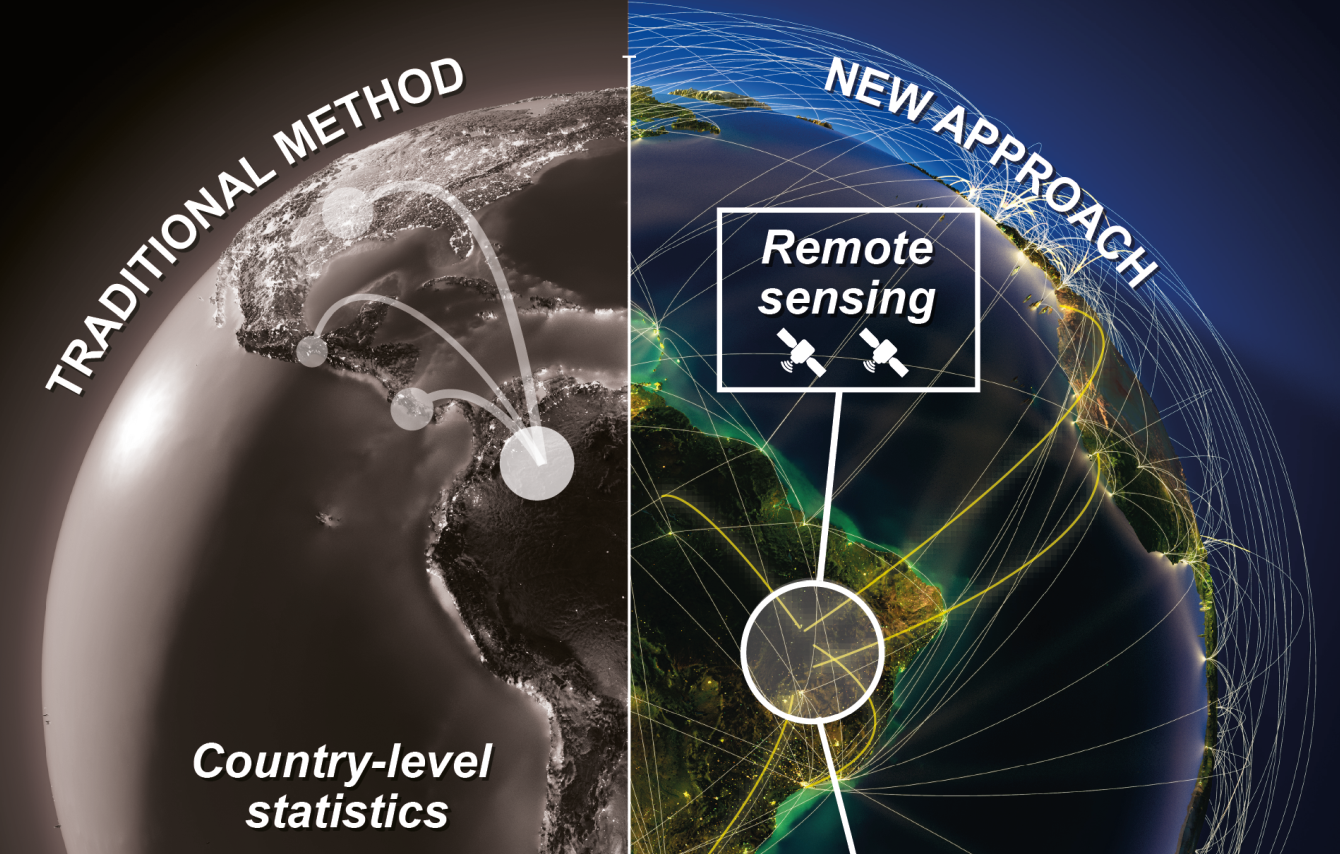Need for fine-scale tools for economic decision-making
Despite broad awareness of sustainability issues related to global supply chains, satisfactory data and tools are still lacking that allow assessing how specific choices drive environmental impacts along supply chains, or measuring exposure to risk from distal environmental shocks. Global supply chain databases, including economic input-output tables and life cycle inventories, are already used to feed into a wide range of economic models. However, to date, most carbon and other environmental impact footprint information has only been available at the country and sector level. This provides a useful high-level view, but too often the results lack sufficient spatial and product precision, thus missing the links to on-the-ground dynamics and economic actors that are needed to make them actionable and policy-relevant.
New approaches for supply chain assessments based on earth observation data
New approaches are currently being developed to provide tools that support better science-based policy and informed decision-making. These are built by combining global supply chain models with high-resolution spatial datasets on human-driven environmental impacts. The key to coupling Earth observation and supply chain data is creating fine-scale inventories of important supply chain steps, such as production, transportation, manufacturing, and consumption. These can be assembled by connecting subnational economic activity data with spatial observations or models of activity, such as from power plants, logging, farming, mining or manufacturing. Merging supply chain databases with spatial environmental observations is an extremely promising way to provide highly relevant information on the (un)sustainability of supply chains to companies, consumers and policy makers.



